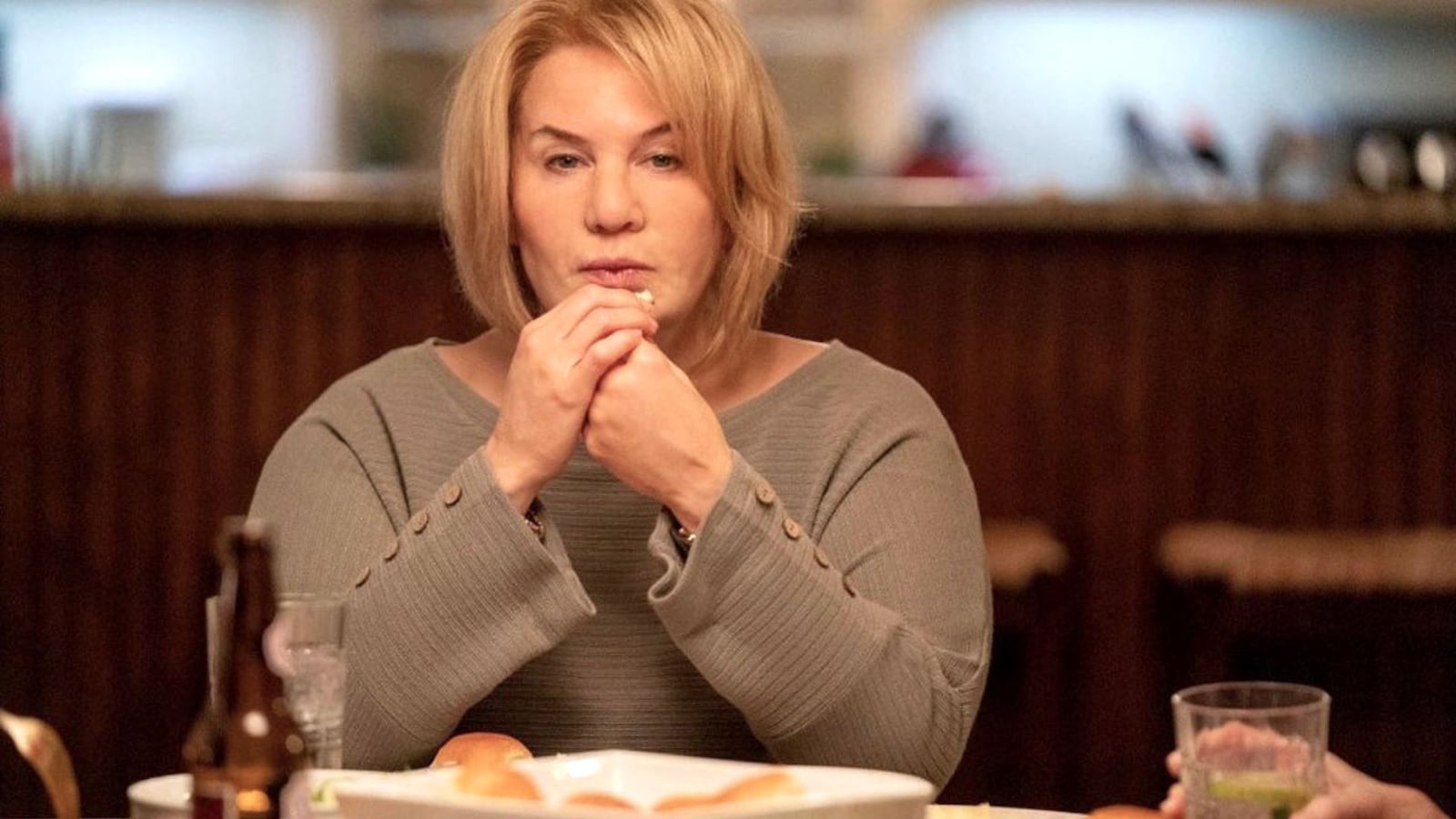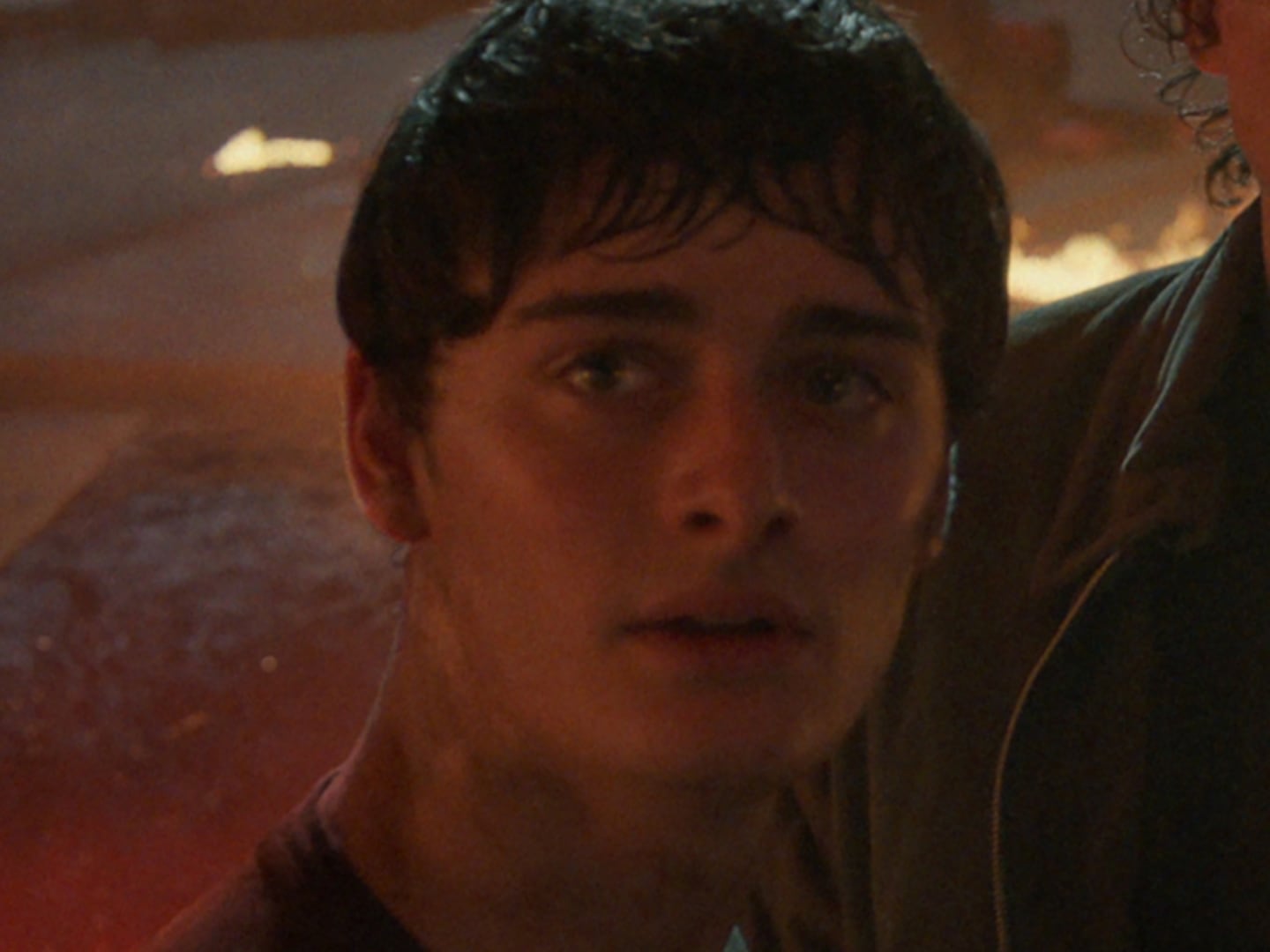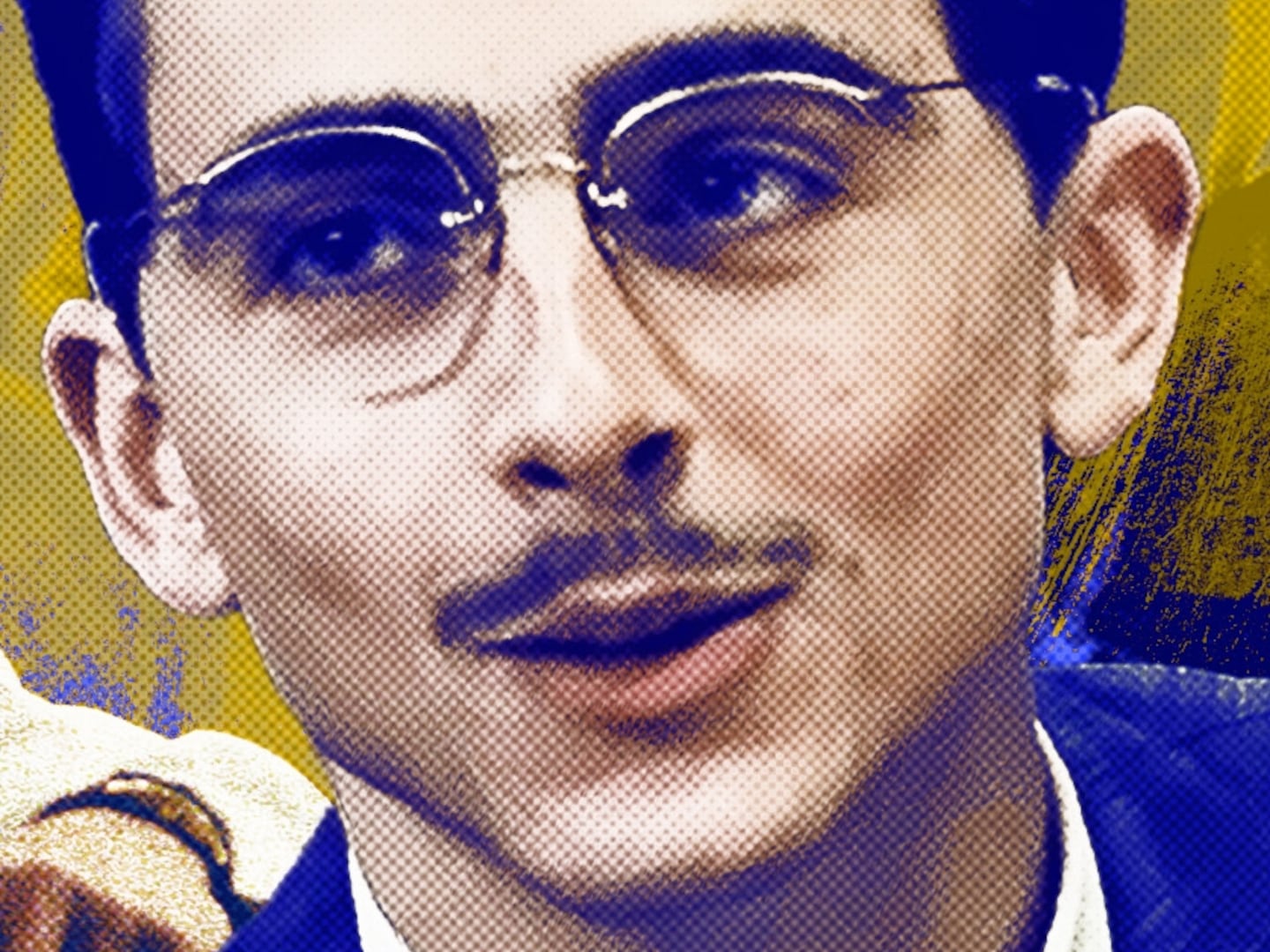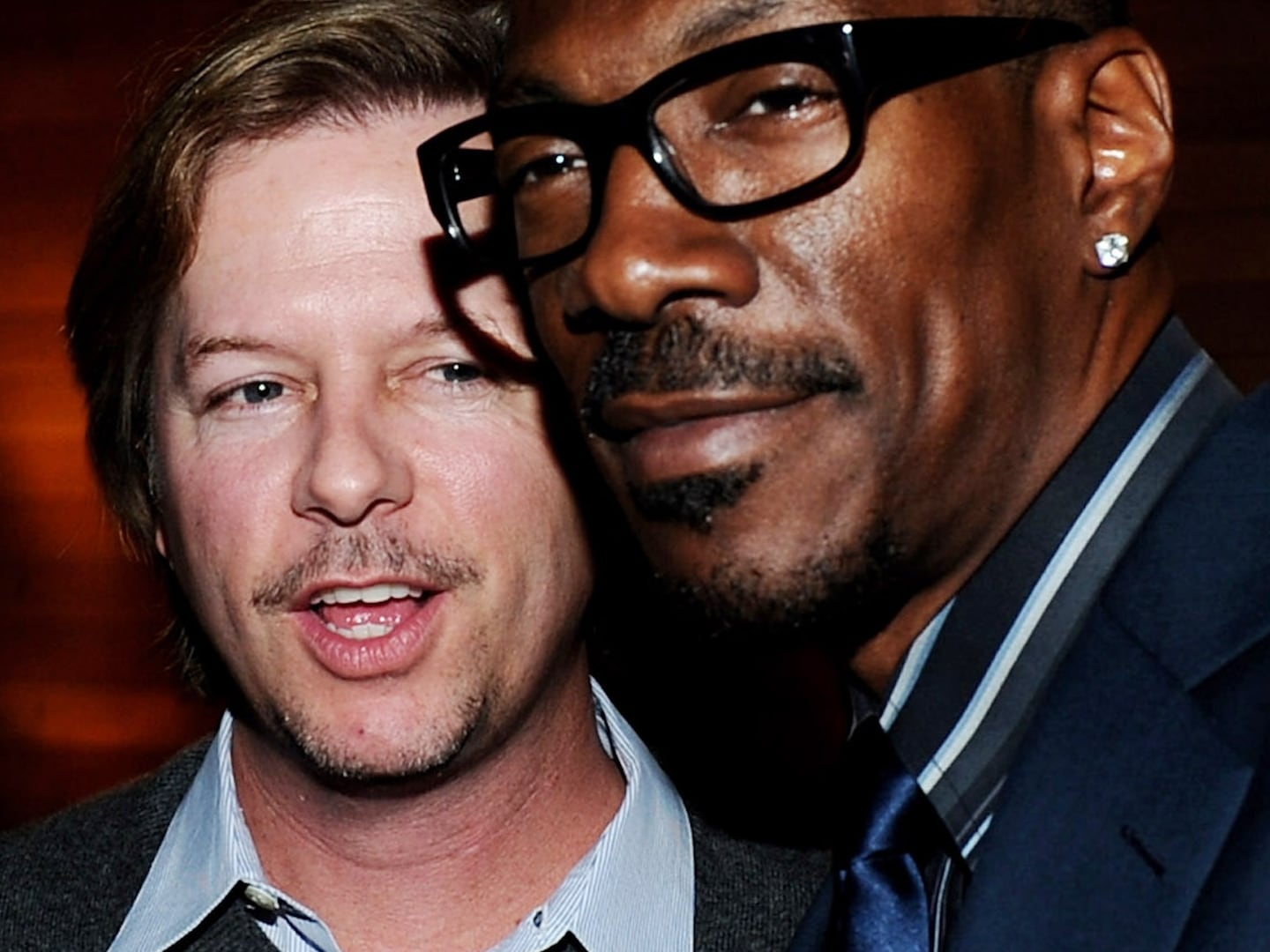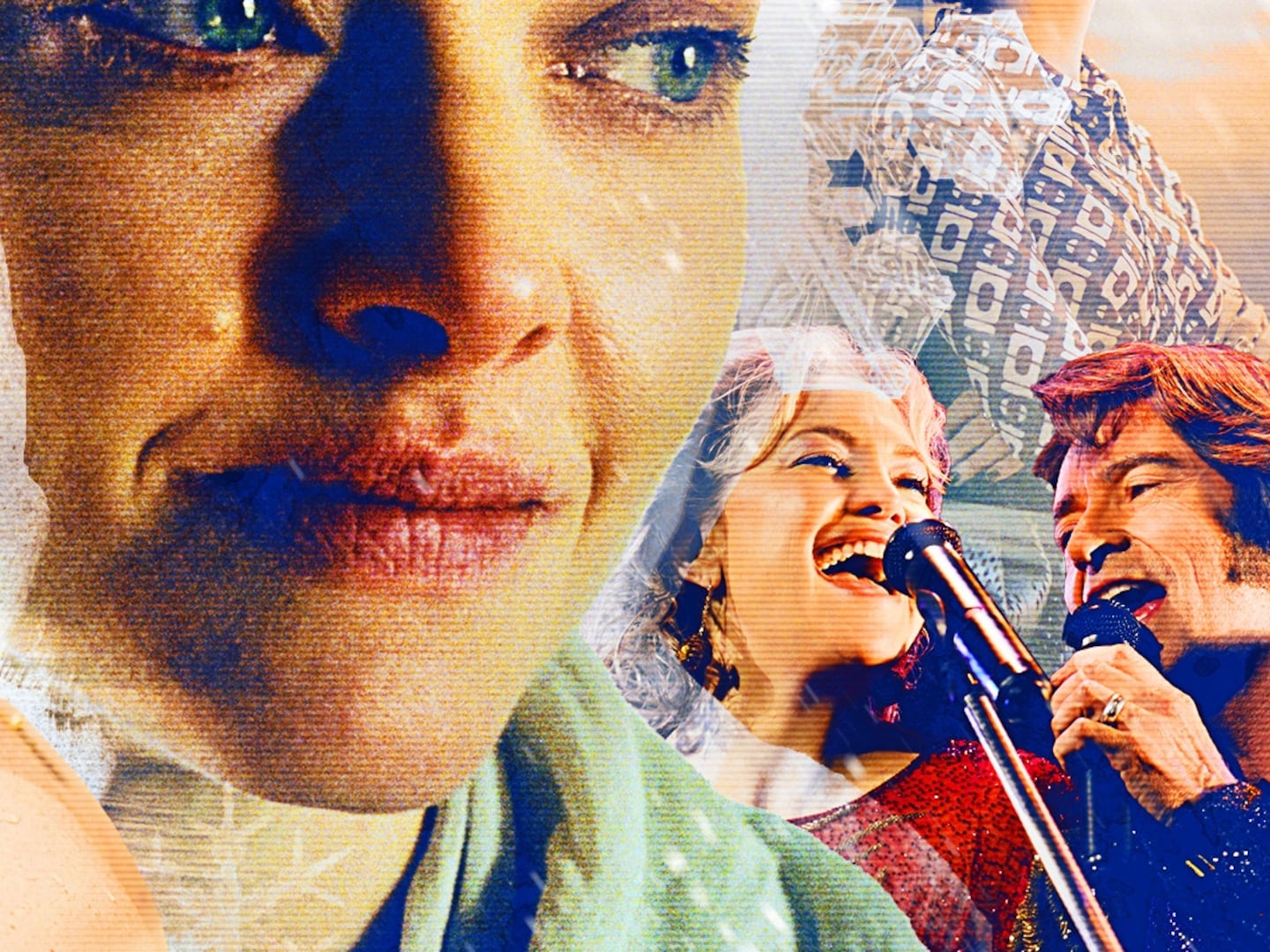NBC’s The Thing About Pam deserves credit where it’s due. It is the year of our Lord—of our waking hell, of our exasperated existence, of our buffet of nearly 550 TV series to watch—2022, and still the true-crime series is somehow unlike anything we’ve ever seen before. That’s no small feat, especially in the world of true crime, which spawns roughly 97 new shows a week to satiate the public’s ravenous appetite for the genre—and then another slew of copycats hoping to capitalize on the popularity of those.
So, it is more with awe and maybe even admiration than derision that we say that we have no idea what to make of this series. We’re not entirely sure what was being attempted. We’re not sure if all those true-crime obsessives who flock to this genre like camera crews to the scene of a murder will be enamored by it. We’re not sure whether we’re supposed to laugh, to cringe, to dissect, or to be disgusted.
Is this commentary on the extreme exploitation of these cases as the genre has exploded and spun tragedy and trauma for entertainment, or is it just bad? And, most of all, what on earth is Renée Zellweger doing here?
This is Renée Zellweger’s first major role following her Oscar win for her extraordinary performance as Judy Garland in Judy. The Thing About Pam is a transformation of another kind, albeit wholly unbelievable. It would be demeaning and unfair to wonder why this project was deemed a worthy follow-up to a major Oscar role. This is, ostensibly, a juicy part, and there seemed to have, at one point, been big ideas about how to turn the true-crime series upside down—ideas that seemed to have suffered severe damage during its journey to the screen.
The Thing About Pam premiered the first of its six episodes on NBC Tuesday night, and we wanted to wait until audiences had a chance to see it before sharing our thoughts because we’re genuinely curious: Really, what is going on here? Do you have the faintest idea? If you do, can you help me?
The series is spun from a series of Dateline spotlights on the 2011 murder of Betsy Faria (played by Katy Mixon in the series), which NBC News had also previously turned into a podcast that shares a name with the new show. Initially, the killing was pinned on Betsy’s husband, Russ (Glenn Fleshler), who served time for the crime before a retrial exonerated him and led to their neighbor and Betsy’s friend, Pam Hupp, being charged.
Zellweger plays Pam—or, rather, Zellweger in a fatsuit and a burned-down Madame Tussaud’s worth of prosthetics plays Pam, a busybody Missouri woman who seemed to be extremely annoying yet somehow convinced her community that she was well-intentioned and had a good heart. And was definitely not a cold-blooded killer.
Of the million things to discuss here, the first has to be the fatsuit and Zellweger’s performance, because the two entities are inseparable, like plastic jowls glued to an A-list star’s face.
The discourse surrounding the ethics and, even, the cruelty of prosthetics and padding to de-prettify Hollywood’s starlets and hunks and achieve the impressive feat of being “not beautiful” has surfaced often, and deservedly so. There was a time when this was considered the most direct way to signify a thespian’s acting ability; so versatile are their talents that they can even play fat. But that time has long passed, which means that even as prosthetic techniques and capabilities have gotten more and more sophisticated, this kind of characterization and casting myopia—An actual plus-sized actress? Heavens, no.—has become more controversial than appreciated.
It’s not a hard-and-fast rule. Not every example is Gwyneth Paltrow in Shallow Hal.
Sarah Paulson engaged thoughtfully with the backlash against the prosthetics she wore to play Linda Tripp in Impeachment: American Crime Story, yet she also delivered a riveting, lived-in, and revealing performance. Colin Farrell is made up beyond recognition to play Penguin in The Batman, an outlandish, cheeky stunt more than a talking point in any discussion over what is appropriate in casting these roles.
The Thing About Pam, unfortunately, doesn’t achieve either caveat or exemption. It’s not a spectacular transformation or an innocent sideshow. It is Renée Zellweger in a fatsuit.
Zellweger is trying hard, and, in some respects, she’s delivering a fascinating, nuanced performance. But she’s also trying hard in other ways: to lumber around while carrying all this padding and prosthetics in any believable way, or to settle into this extreme physical characterization so that it’s all not distracting. Which it is. You stare so curiously at the prosthetics in every scene that it’s hard to focus on anything else.
That’s unfortunate, because The Thing About Pam proves Zellweger’s shining gift isn’t just that she’s a Hollywood leading lady, but an invaluable character actress. If you’ve seen her in Nurse Betty or Chicago or Bridget Jones’ Diary, that much is obvious. There are those who aren’t fans of her Oscar-winning performance in Cold Mountain, arguing that her accent sounded like someone made every Southern and Western dialect its own key on a xylophone and then had her play it haphazardly while blindfolded. But there was something gratifying about her all-in boldness.
Her accent work is far more focused as Pam, and, while she takes big swings with her performance, they’re targeted. When the camera is trained on her for one of Pam’s rambling, bumbling monologues in which she tries to manipulate the narrative, she strikes intriguing notes of dark humor. But when that extends to the physicality and the prosthetics—Pam is almost always chewing on the straw of a gas station Big Gulp soda, and at one point buffoonishly plops onto a giant white bean bag chair in the premiere—it’s as if all of this, the makeup and the comedy, is meant to make a mean joke not just out of Pam Hupp, but the very real (though non-murderous) Midwestern woman that she represents.
The comedy is the other thing.
The Thing About Pam begins with a voiceover from Keith Morrison, the same familiar voice who is the narrator for Dateline. There’s an inherent winking there, if you recognize Morrison’s delivery and the signature Dateline format. Is it NBC’s way of demanding credit for their news magazine’s early adoption of the true-crime craze? Is it an admission of guilt for the ways in which its coverage created a monster? Or is it an audacious narrative device that almost immediately goes awry? (Yes. That.)
All of those questions also bank on an audience member understanding the Dateline reference, which is not a guarantee. It’s also not required, but Tuesday night’s premiere is a jarring experience if you don’t.

Renée Zellweger in The Thing About Pam
NBCIt’s just before Christmas when this heinous murder takes place, which the voiceover alerts us to with the morose glee of Boris Karloff’s prologue to the How the Grinch Stole Christmas TV special. The mischievous humor is certainly at odds with the grisly details of the events at play, but it does seem to be intentional.
The show is an obvious homage to the Coen brothers with its interplay between the dark and gruesome, comedy mined from quirky Midwest characters mishandling awful crimes, and a keen-eyed examination of the aspects of a community and the machinations of a police and judicial system that reveal themselves as the story is told. But what if that interplay is awkward, that comedy frequently tone-deaf, and that examination nowhere near as sharp as the creators may think? What then are you left with?
Well, I still don’t know. Because the thing is, I was intrigued by everything I saw in The Thing About Pam—intrigued in ways good and ways oh-so bad—and certainly more so than I have been by so many of the relentless true-crime series that are being produced. Everything about it is interesting, from the casting of Zellweger down to the tone and what the series might be trying to say, whether about the Hupp case, the systemic failings behind it, or this genre as a whole.
Maybe it’s a good thing to be so unmoored by a TV show. For better or worse, that destabilization, that determined desire for clarity on what this show is, will keep me watching. Yet another one of The Thing About Pam’s surprises.

